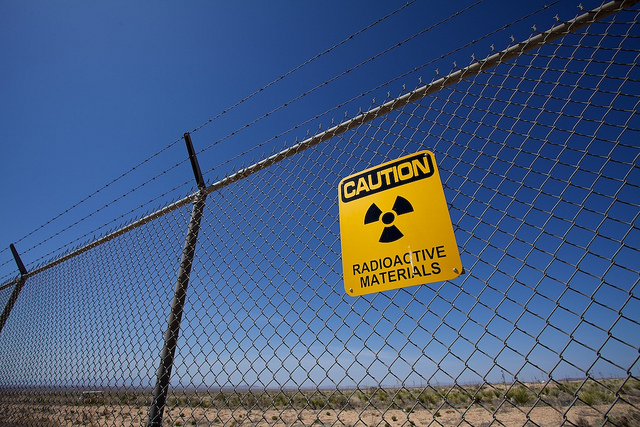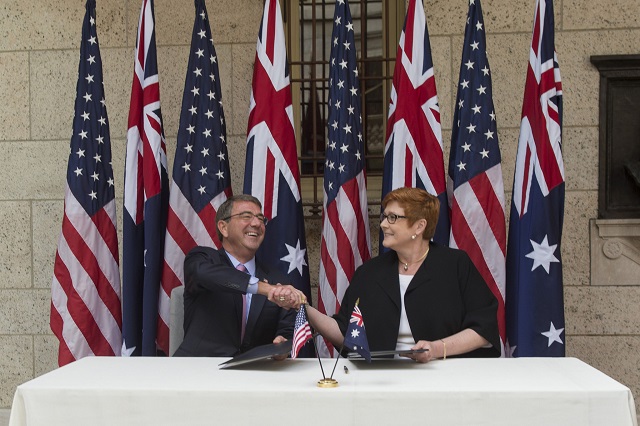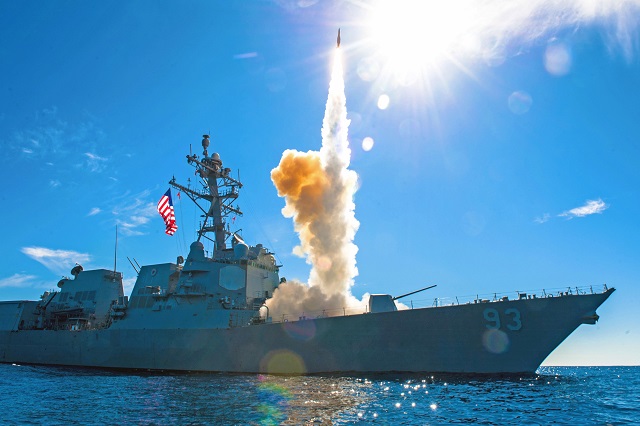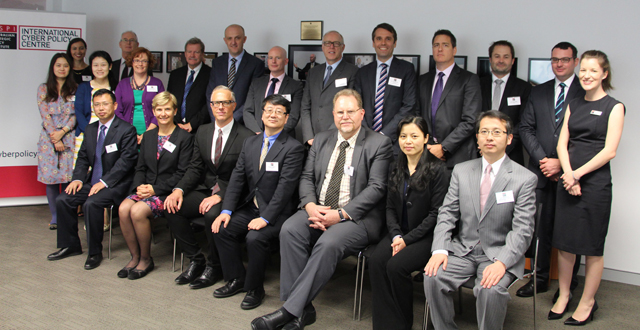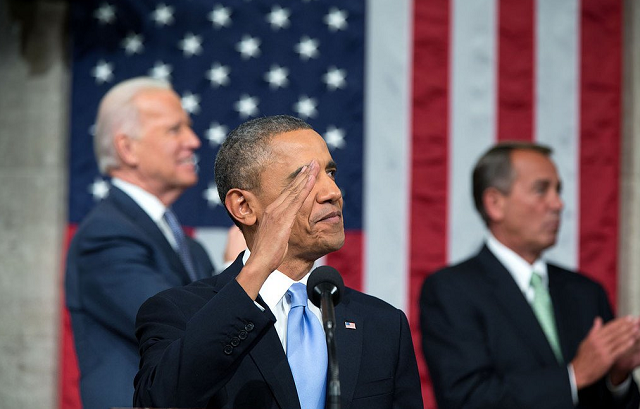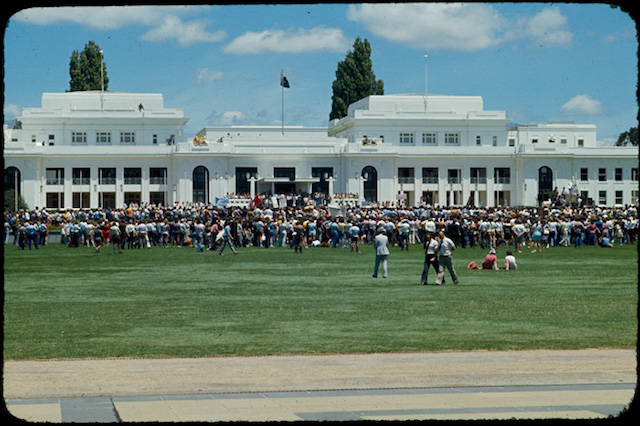The US Asian pivot and Australia’s role (part 1)

The importance of the ‘rules-based global order’ as a defence priority appears as frequently in the 2016 defence white paper as ‘self-reliance’ did in the 1987 DWP. It’s the leitmotif of the publication.
Multiple challenges from state and non-state actors are identified throughout DWP 2016. The ‘rules-based order’ rationale underpins the equal priority extended to global commitments as a force structure determinant for the ADF with the more traditional focus on the defence of Australia’s approaches. The rationale’s emergence deserves some analysis, particularly when it comes to Australian involvement with the US rebalance to Asia. The saliency of the concept of the ‘rules-based order’ wasn’t a product of an allied imperative—it’s as much a product of Australia’s efforts to influence American strategy.
The origins of the saliency of a priority, given the ‘rules-based order’, don’t lie in the multiple challenges to it identified in DWP 2016. It lies in one of them: the strong pursuit by China of its claims in the South China Sea. It has become the crucial moral/legal rationale legitimising American-led demonstrations of freedom-of-navigation rights against assertions by states in the region attempting to unilaterally assert maritime borders.
The US stance has become a key prop of its Asian pivot. The impact of the ‘rules-based’ formula, though it scoops up a multiplicity of states engaging in potentially breaching actions, hits a fault line largely with the actions of the rising regional contending power, China. That leitmotif is easy to assume as policy for Australia when standing with the US in Europe, the Middle East and Africa. That isn’t to belittle our stands on sanctioning Russia over Ukraine, joining the struggle against ISIL, and confronting pirates in the Red Sea. Those actions are costly but the politics are diffuse. Upholding the rules-based order in the South China Sea means metaphorically standing on the rock. We aren’t one of many but one of a few, and with a position that clashes with the interests of a powerful friend, not a distant delinquent.
In the tabulation of an alliance’s costs and benefits, that weighs on the cost side. Perceptions of the impact of the actions supporting the principle lie at the heart of the notion that Australia confronts a choice between a valued ally and our preeminent trading partner. From China, our stance has produced ungentle chiding about standing on Beijing’s toes against the tide of history. Policy should reflect Australian recognition of new power realities, not old principles in their mind. Putting the ADF where our mouth is when it comes to a ‘rules-based order’ involves hard choices and political discomfort.
Here we need to remember recent history. There’s a perception here among commentators, and among our Chinese interlocutors as well, that Australia has been a spectator in the process of the American pivot and is now reacting with knee-jerk loyalty. The question as to whether we are capable of standing aside from our ally is now being asked. It implies we were a passive observer of the American move and are now obliged to make a considered judgement. This misses an important point, well known among American policymakers who watch our willingness to come up to the mark. Far from being a passive spectator of the pivot, we actively, and influentially, engaged in the debate. We did so with some senior US officials pressing the other way.
Our pivot position resulted from a segue by us out of the then-Rudd government’s effort to create an Asia–Pacific Community. That proposition—announced in 2008 and pushed heavily diplomatically in 2009—was foundering by 2010. When I was sent to Washington, I had two major charges. One was to ascertain the red line on American assessments of Iran’s advance to a nuclear weapon which when crossed would provoke a pre-emptive strike. The other was to deepen American engagement in Asia, hopefully through support for our Community, and if not that then at least through US membership of prime Asian regional organisations.
I was surprised by the first direction. I didn’t appreciate how finely poised the Australian government perceived the possibility of a putative American or Israeli strike. Their concern was understandable given the possible devastation that would be wreaked on the economies of our neighbours with even a temporary disruption of oil supplies, not to mention the fate of armed forces we’d deployed in the Gulf.
The second charge wasn’t unexpected. Since World War II, engaging the United States in our zone of strategic significance has been an Australian objective. The desirability of this hadn’t been qualified by calculations of the attitudes of China, the contesting power in the region, and a friend if not an ally. We weren’t in the business of quibbling about American engagement. We realised in the aftermath of the Middle East wars and the global financial crisis that the US would now make choices about its external engagement priorities. We talked about the ‘sunny uplands’ that would manifest before American eyes, should they take the Asian road. There was an argument to be had and we were in it. How this played out, I will examine in part 2.


